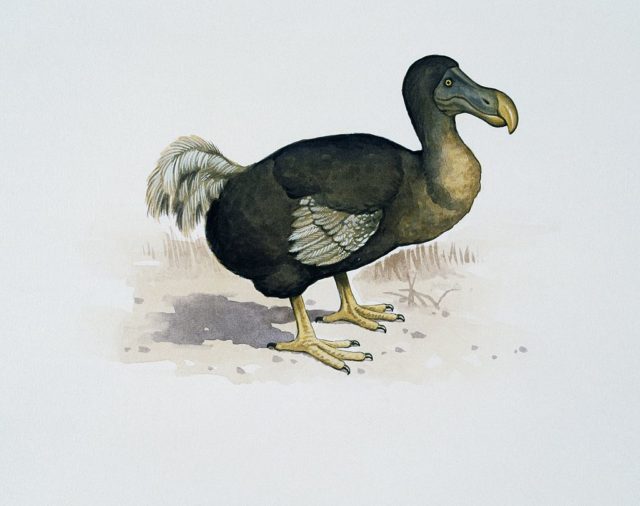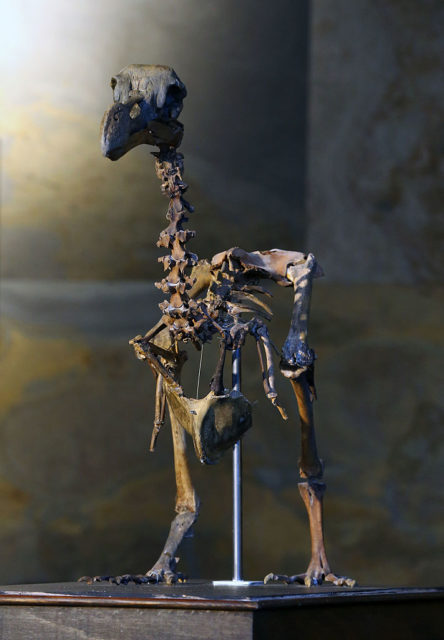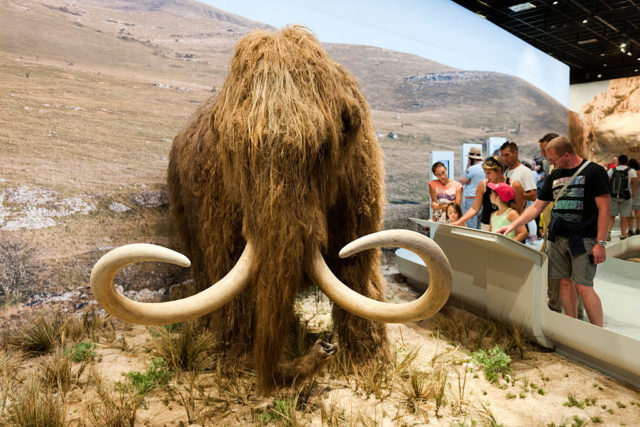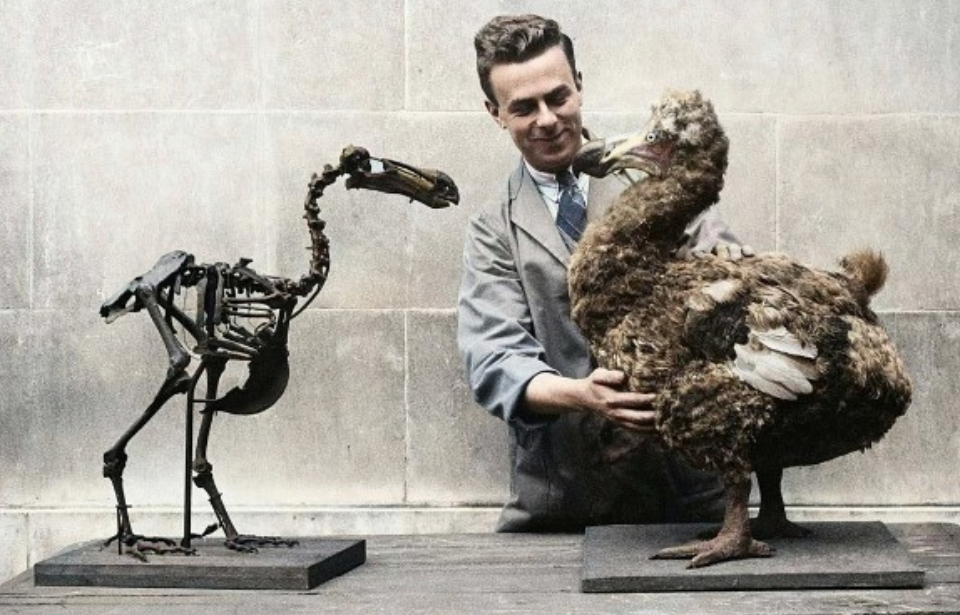It is estimated that 99.9 percent of all species that ever lived are extinct, but there is one company trying to change this by undertaking extensive work to reincarnate numerous animals. Their initial projects included the woolly mammoth and the thylacine. They’ve now set their sights on something new: working toward bringing back the flightless dodo bird with the help of the Central Intelligence Agency.
Extinction of the dodo
The dodo has been extinct since the last bird was killed in 1681 – over 300 years ago. They once inhabited the island of Mauritius, far from human interference. Portuguese sailors crossing the Indian Ocean found the island in 1507, which marked the beginning of the end for the species. They soon realized that the birds were a great source of fresh meat.

As the dodo had never dealt with humans or other predators, the birds didn’t know to stay away from these new arrivals. As time went on, the Dutch decided to settle on the island. This further threatened the birds’ population as they began to rapidly lose their habitat, all while livestock that came with the human settlers started to eat their food and their eggs. Only a short 200 years after the dodo was discovered, the species went extinct.
Proposed reincarnation
The team undertaking the reincarnation project is biotech company Colossal, which received some of the funding for the project from a venture capital firm funded by the CIA. They plan to turn their attention to the dodo bird since it is, “a symbol of man-made extinction.” The company wants to resurrect the creature through genome editing and interspecies surrogacy, taking host cells from Nicobar pigeons and the Rodrigues solitaire. They’ll place the cells into the developing eggs of host chickens, which were chosen because they act as a foundation of avian genomics.

The scientists’ goal is to be able to tweak the cells of the other birds to resemble that of the dodo before they put them into eggs which will then hopefully produce new dodos. Although Colossal’s focus is presently on reviving various extinct species, the end goal is to take the tools and equipment they’ve created and use them in human health care.
Other projects
Their two other projects at present are the thylacine and the woolly mammoth. The former, better known as Tasmanian tigers, have been extinct for almost 100 years. They were once extremely common before Australian settlers arrived, but, as with the dodo, their arrival, hunting, and habitat destruction quickly put the species in decline. The last known thylacine died in captivity on September 7, 1936.

The process for resurrection is similar to that of the dodo, but in this case, their genetic reconstruction will be completed by looking at the DNA of the dunnart. The woolly mammoth, which went extinct roughly 10,000 years ago, will be recreated by editing mammoth DNA into that of the Asian elephant.
More from us: Clothing Found in a 350-Year-Old Shipwreck Reveals How the Wealthy Lived
Where these two projects differ from the dodo, however, is that researchers hope to reintroduce them into their regional ecosystems to help combat climate change.
